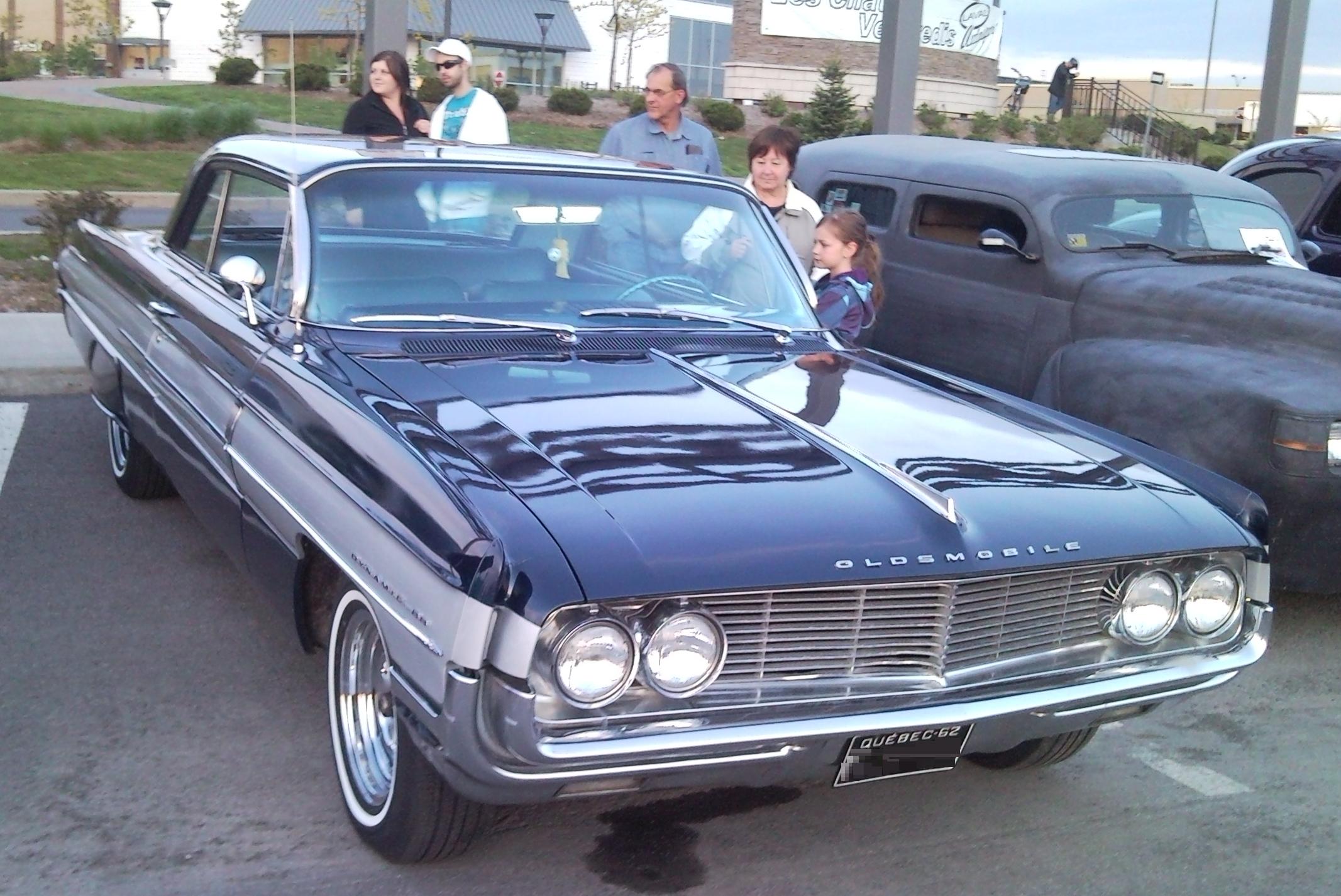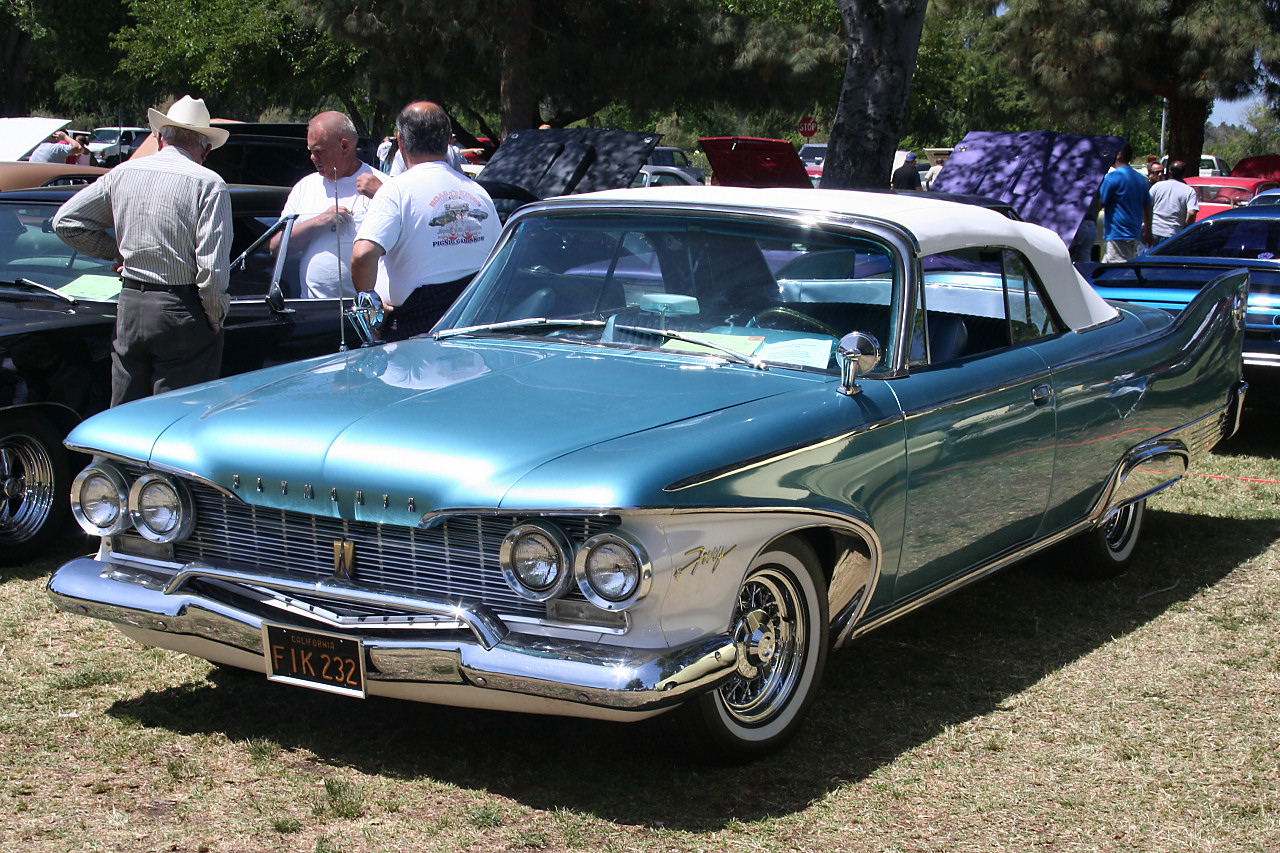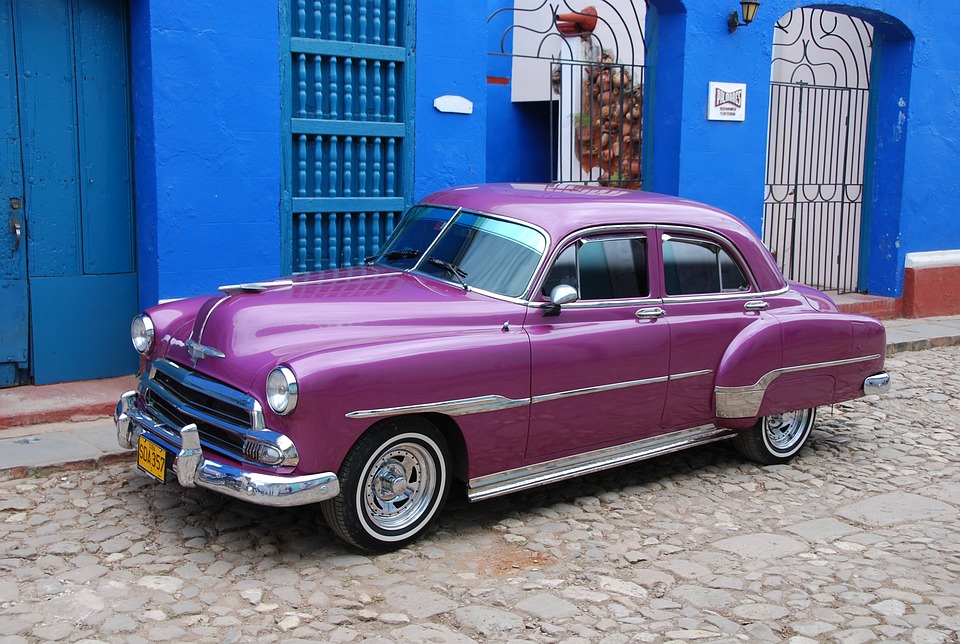Cars from yesteryear are not only a fine example of machinery that is aesthetically pleasing, but for many motorists, the sight of them conjures up memories of days gone by.
This is the case in countries like Cuba, whose collection of antiquated cars dates back to the revolution of 1958-59. Following his victory, Fidel Castro and his military regime pronounced that all citizens could still own cars as long as the vehicles they bought were already on the Caribbean island. What was left were the big old American vehicles from the 1940s and 1950s, like…
Oldsmobiles
Plymouths
Chevrolets
All of which are still driven through the streets of Havana today. These vehicles have become an icon of the island and are considered as quaint and an unmissable feature of Cuba, similar notoriety to that enjoyed by the Black Cabs of London. Some Soviet, French and Asian cars did make it onto the island, but only if those buying them had a special permit that was given to selected VIPs, civil servants and business people.
Compared to the cars of today, these classic vehicles are now seen as uncomfortable mechanical fossils whose owners have to do without air conditioning and struggle to find spare parts for them. They are also unbelievable at guzzling gas with a 100 kilometre journey often using more than 20 litres of fuel! In other countries, these cars would have been consigned to the scrap heap a long time ago but now they have become an icon of the island and are considered as quaint and an unmissable feature of Cuba, similar notoriety to that enjoyed by the Black Cabs of London.
The more business savvy car owner in Cuba has been able to register their ancient vehicle as a taxi and will charge foreign tourists who are happy to pay over-the-odds for a nostalgic ride in one of the classic cars. Cuba welcomes around three million tourists every year, the majority of them from Canada.
Western travellers who are visiting Cuba will have seen the island’s famous cars well before they land on the beautiful island. Images of the Oldsmobile and other stylish motors appear in almost every travel guide and there are posters and calendars dedicated to the 1950s classic cars. However, Cuba’s streets will soon look very different, thanks to country’s new president Raul Castro, brother of his infamous predecessor, Fidel Castro. A background of nostalgia met the news that these vehicles may soon at last be retired. The Cuban economy is in a bad state, so a lift on the 55-year old ban on new cars coming to the island is among the measures being introduced to help the isolated communist country move towards a market economy.
So is it saddening for Cubans that these iconic vehicles might disappear from their roads? Some experts point to the fact that given the choice, most of the population would have abandoned their patched-up and aging cars years ago, but were prevented from doing so by the communist ruling party of the island. Something that smacks in the face of true communism was that only senior party officials and celebrities thought to be of use to the ruling party were allowed to buy in new cars from abroad over the past 60 years. The famous phrase from George Orwell’s book ‘Animal Farm’ perhaps ran true, with some people being considered “more equal than others.”
The cars on Cuba’s roads each day might seem appealing to tourists, who are then able to go back to their modern, reliable and air-conditioned vehicles when the sightseeing is done. Critics however, argue that the sight of these old cars is a symptom of the way in which communist dictatorship ran down the lives of those forced to live under their rules. Tourists are now more inquisitive at the misfortune that people lived through, a way of life that is now widely unacceptable in modern society.
Perhaps the cars, along with things like the island’s famous music are a leftover of what people in the West see as a vanishing era of style and elegance. Whatever the reason for mourning the potential loss of these iconic cars, critics say that a celebration of them is a way of ignoring the harsh living standards that the majority of Cubans had to deal with. Tales of media censorship, police surveillance, indiscriminate arrests and restrictions on freedom of assembly and speech have long dogged the history of Cuba since Fidel Castro came to power in the late 1950s. Large numbers of people from the country have fled to the US in recent decades, desperate for a better way of life.
According to an official publication, cars are to be sold freely at standard market rates, but it is unclear how many of the 11 million people living in Cuba will be able to afford to buy one. For example, civil servants earn as little as the equivalent of about $20 a month.
The move by the current president Raúl Castro to relax the rules on car imports may only be a small step towards true free trade in Cuba, but it is a start. However, the state does still impose a huge tax on car imports, which has led to Peugeot 508s going on sale for $262,000 under the new rules. Once society feels a little freedom, then it becomes inevitable that the people will start to demand more.
It seems a shame that images of these stunning cars will be met by some people with distaste as to what they perceive they represent. Whatever Cuba’s past or indeed history, these iconic vehicles should be enjoyed for what they are. Classic cars that have survived generations and still perform an important task in the lives of many Cubans today. How long they will last when modern vehicles start to enter the roads of the island remains to be seen, but they will always have their place in history.





